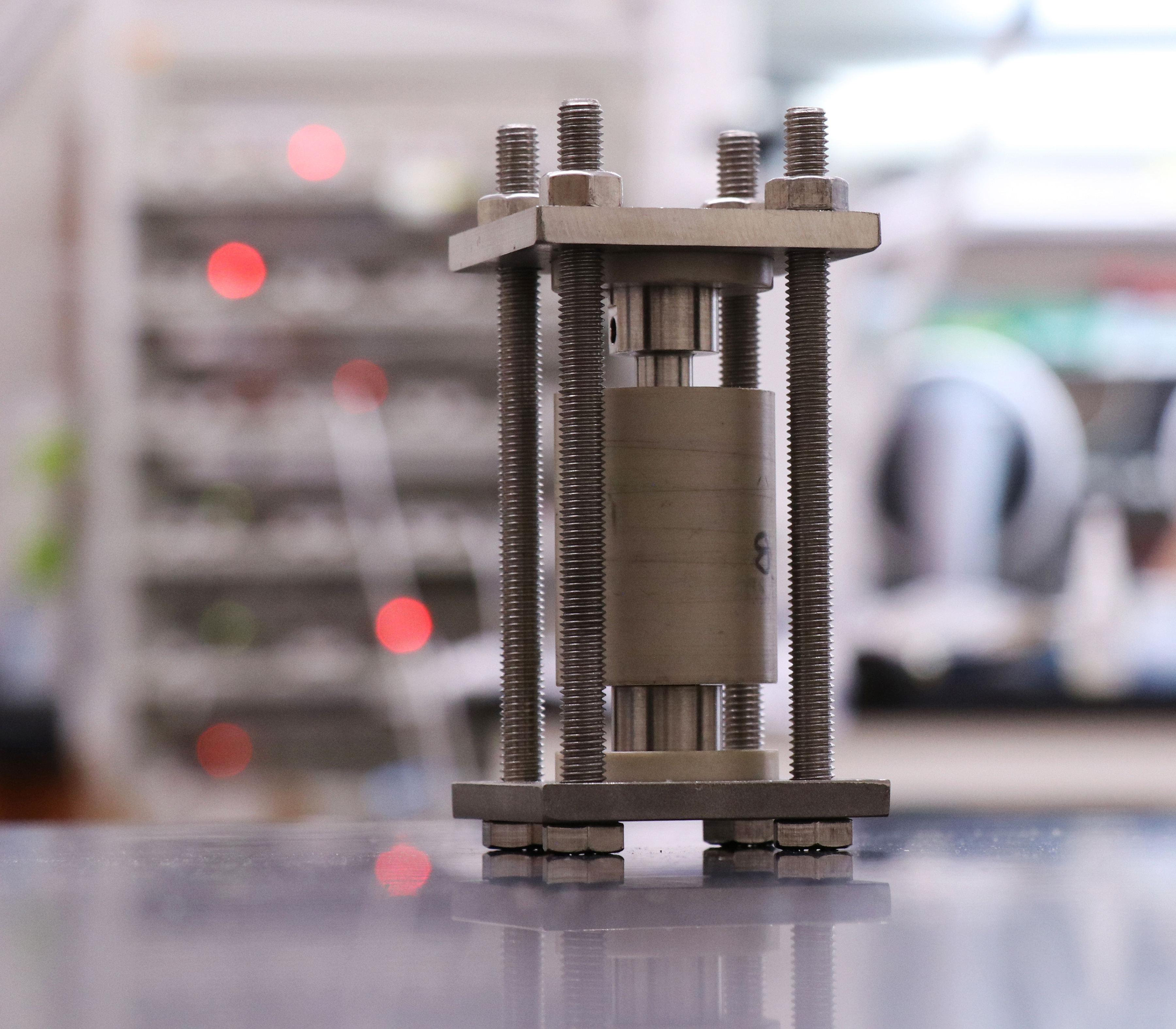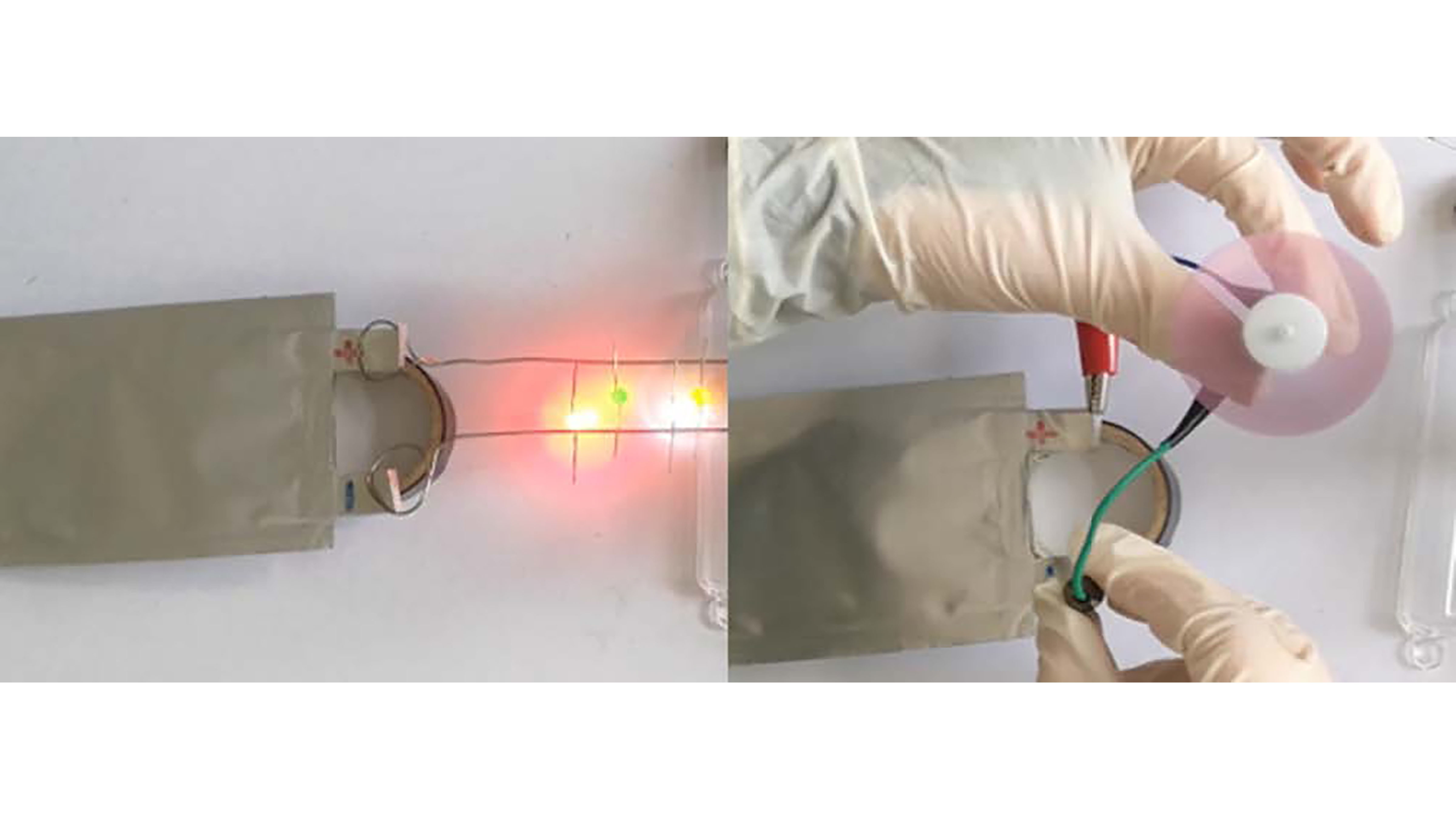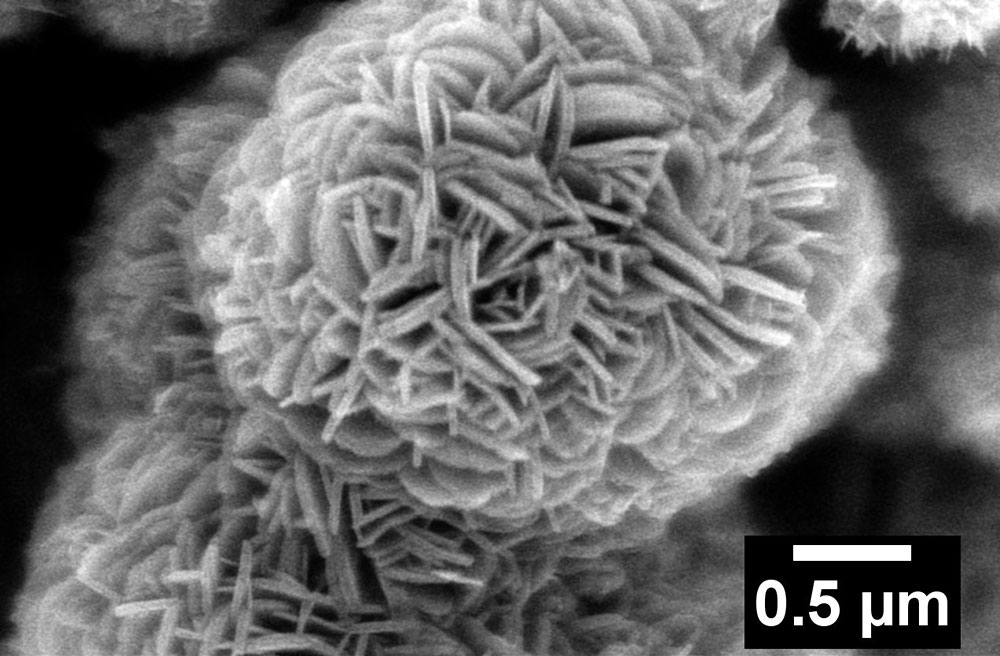With the number of electric vehicles (EVs) in the United States projected to skyrocket to 26.4 million by 2030, the need is great for not only producing, but improving, the safety and efficiency of the batteries that power them, as well as cell phones, autonomous unmanned vehicles and smart electronics. Researchers at The University of Alabama in Huntsville (UAH), a part of the University of Alabama System, are doing their part to ensure Alabama is leading the way to power this coming revolution.
Tag: lithium-ion battery
Tracking Pileups on Battery Charging Route to Drive Performance
An understanding of this mechanism could help scientists increase the total amount of energy stored by next-generation lithium-ion batteries.
PNNL Invention Reduces Risk of Battery Explosions
A deceptively simple sensor system developed at PNNL can prevent dangerous battery fires.

X-Ray Tomography Lets Researchers Watch Solid-State Batteries Charge, Discharge
Using X-ray tomography, a research team has observed the internal evolution of the materials inside solid-state lithium batteries as they were charged and discharged. Detailed three-dimensional information from the research could help improve the reliability and performance of the batteries, which use solid materials to replace the flammable liquid electrolytes in existing lithium-ion batteries.

Can Sodium-Ion Batteries Replace Trusty Lithium-Ion Ones?
Sodium-ion batteries are a potential replacement for lithium batteries, but different anodes are needed for the same level of performance. Amorphous carbon is known to be a useful anode, because it has defects and voids that can be used to store sodium ions. Nitrogen/phosphorus-doped carbon also offers appealing electrical properties. In Applied Physics Reviews, researchers describe how they applied basic physical concepts of atomic scale to build high-performance anodes for sodium-ion batteries.

Lithium-Ion Battery Research “Flowers”
Scientists improved the performance of a battery electrode material with a unique flower-shaped nanostructure.